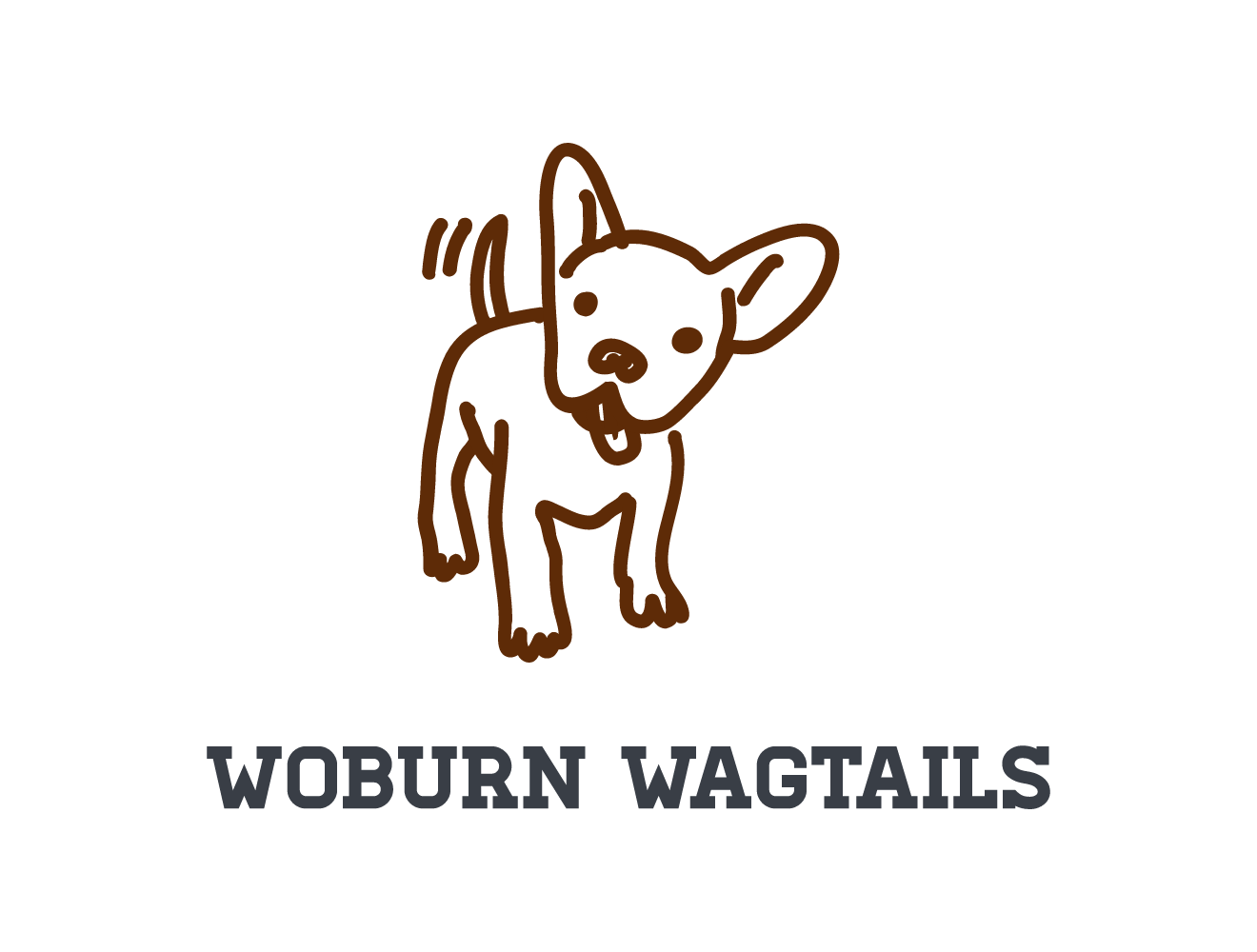How to Provide Mental and Physical Stimulation for you Pooch: Lessons from Literature
Lessons from "The Happy Puppy Handbook" by Pippa Mattinson
Congratulations, you've got a new puppy! But now what? How do you turn this adorable ball of fluff into a well-behaved and happy companion? That's where "The Happy Puppy Handbook" by Pippa Mattinson comes in. This book is a comprehensive guide to raising a happy and healthy puppy, from potty training to socialization to basic obedience. Here are some of the key takeaways from the book:
1. Start training early. The earlier you start training your puppy, the better. Puppies are like sponges, and they can learn new things quickly and easily. Mattinson recommends starting with basic obedience commands like "sit," "stay," and "come." Use positive reinforcement techniques like treats and praise to encourage good behaviour.
2. Socialize, socialize, socialize. Socialization is crucial for puppies. It helps them learn how to interact with other dogs and people, and it can prevent behaviour problems down the line. Mattinson recommends exposing your puppy to a variety of people, dogs, and environments from a young age. Take your pup to the park, to puppy classes, and on walks in different neighbourhoods.
3. Be patient and consistent. Raising a puppy can be challenging, but it's important to be patient and consistent. Puppies need clear boundaries and consistent rules to feel secure and confident. Mattinson recommends setting up a routine for your puppy, with regular feeding times, potty breaks, and playtime. Stick to the routine as much as possible, and be patient when your pup makes mistakes.
Practical Strategies to Try with Your Pup:
1. Use a clicker to train your puppy: Clicker training is a popular positive reinforcement technique that uses a clicker to mark good behavior. When your puppy does something you like, click the clicker and give them a treat. This helps your pup learn what behaviors are desirable and encourages them to repeat those behaviors.
2. Play hide-and-seek with your puppy: This is a fun game that can help with socialization and obedience training. Start by hiding behind a piece of furniture or a door, and call your puppy's name. When they find you, reward them with a treat and lots of praise. As your puppy gets better at the game, you can make it more challenging by hiding in different places.
3. Use a treat-dispensing toy: Treat-dispensing toys are a great way to keep your puppy entertained and mentally stimulated. Fill the toy with treats or kibble, and let your puppy figure out how to get the treats out. This can help prevent boredom and destructive behavior, and it can also help with separation anxiety.
